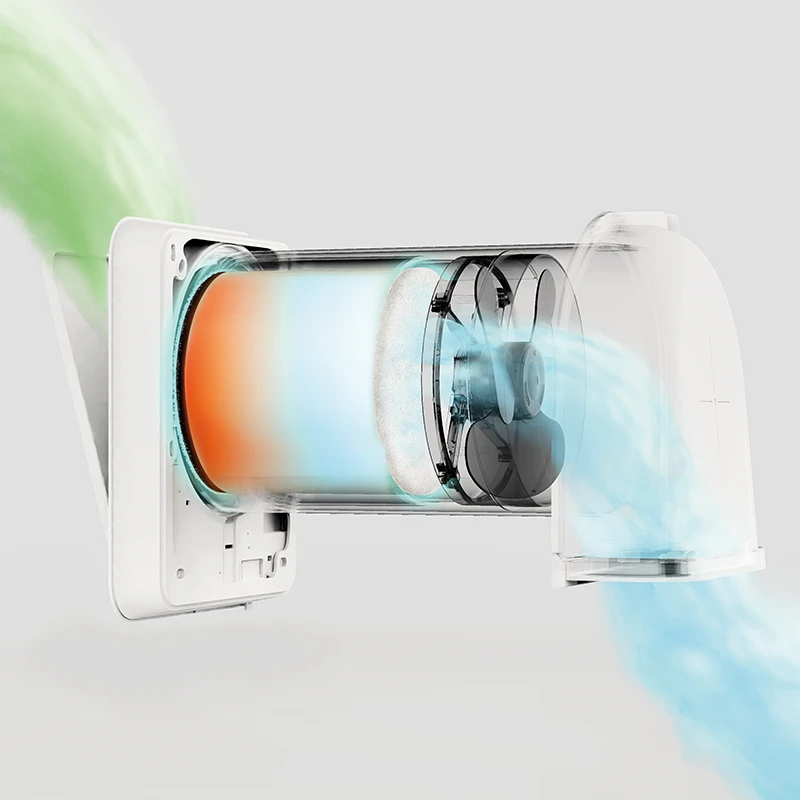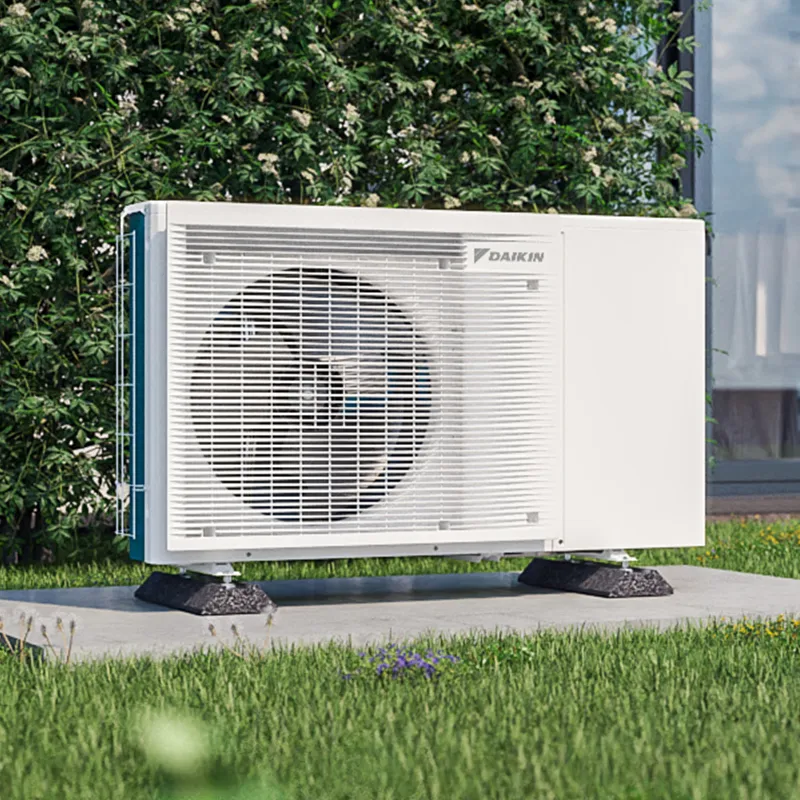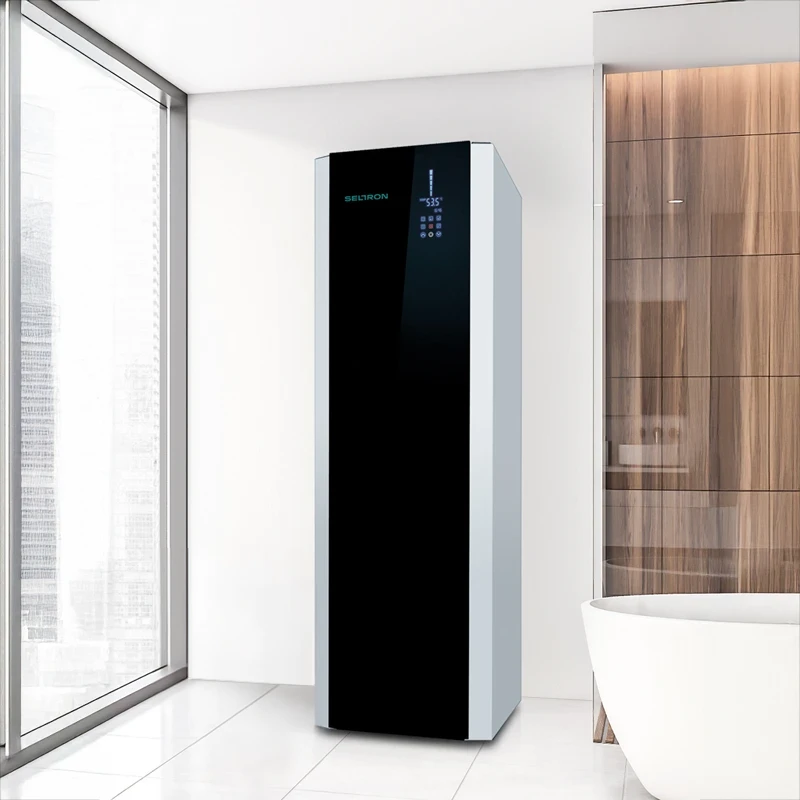

What does the information provided by heat pump manufacturers mean and how do they compare?
COP - heating number
By definition, the COP (Coefficient of Performance ) represents the ratio between the electricity consumed to operate the heat pump and the heat energy recovered. A COP of 5 means that for 1 kWh of electricity consumed to operate the heat pump, 5 kWh of heat energy is produced.
In order to correctly estimate the COP and compare different heat pump manufacturers, at least two other essential pieces of information are needed, namely at which outdoor temperature and at which outlet water temperature the manufacturer quotes the data.
Comparing two air/water heat pumps
Legend:
- A7 - air temperature is 7 °C
- W35 - outlet water temperature is 35 °C
- Heat pump 1 has a COP of 4.2 ( A10/ W35 )
- Heat pump 2 has a COP of 3.9 ( A2/ W35 )
At first glance, heat pump 1 is more efficient than heat pump 2. but is it? The first heat pump achieves a COP of 4.2 at an air temperature of 10 °C and a heating water temperature of 35 °C. The second heat pump achieves a COP of 3.9 at an air temperature of 2 °C and a heating water temperature of 35 °C. Although the second heat pump has a lower COP, it achieves it at lower temperatures, which means better efficiency on an annual basis.
When reading the data, it is important to know which standard the COP was calculated according to. For air/water heat pumps, manufacturers quote data according to the old EN 255/3 standard and the new EN 14511. If we read the COP data for the same heat pump, the data calculated according to the new standard is significantly lower.
In summary, the COP is a figure that tells us how efficient a heat pump is under specific laboratory conditions. However, if we want more useful information for the user, we need to compare heat pumps by their annual efficiency factor.
SCOP - Seasonal heating number
The heating value is the ratio of the electricity input to the energy output produced by the heat pump over a period of one year.
SPF - Annual Performance Factor
The Seasonal Performance Factor is an indication of how efficient a heat pump is over a period of one year. The SPF is the ratio of the electricity input to the energy output of the heat pump over a period of one year, minus the energy used to operate the system. When calculating the annual efficiency factor, the energy consumed for space heating, domestic hot water production, operation of the heating circulator, auxiliary heating with an electric heater and the energy consumed for defrosting the outdoor unit shall be taken into account.
The SPF annual efficiency factor is affected by:
- Location of the facility,
- Heating surface,
- Correctly sized heat pump
- Insulation of the building,
- Heating mode,
- Average room temperature,
- Sanitary water consumption,
- Sanitary water temperature.
Manufacturers provide information on the annual efficiency factor based on general data. For a more accurate figure, it is advisable to obtain data on the efficiency factor in practice on Slovenian soil, in buildings similar to the investor's, before purchasing a heat pump.





